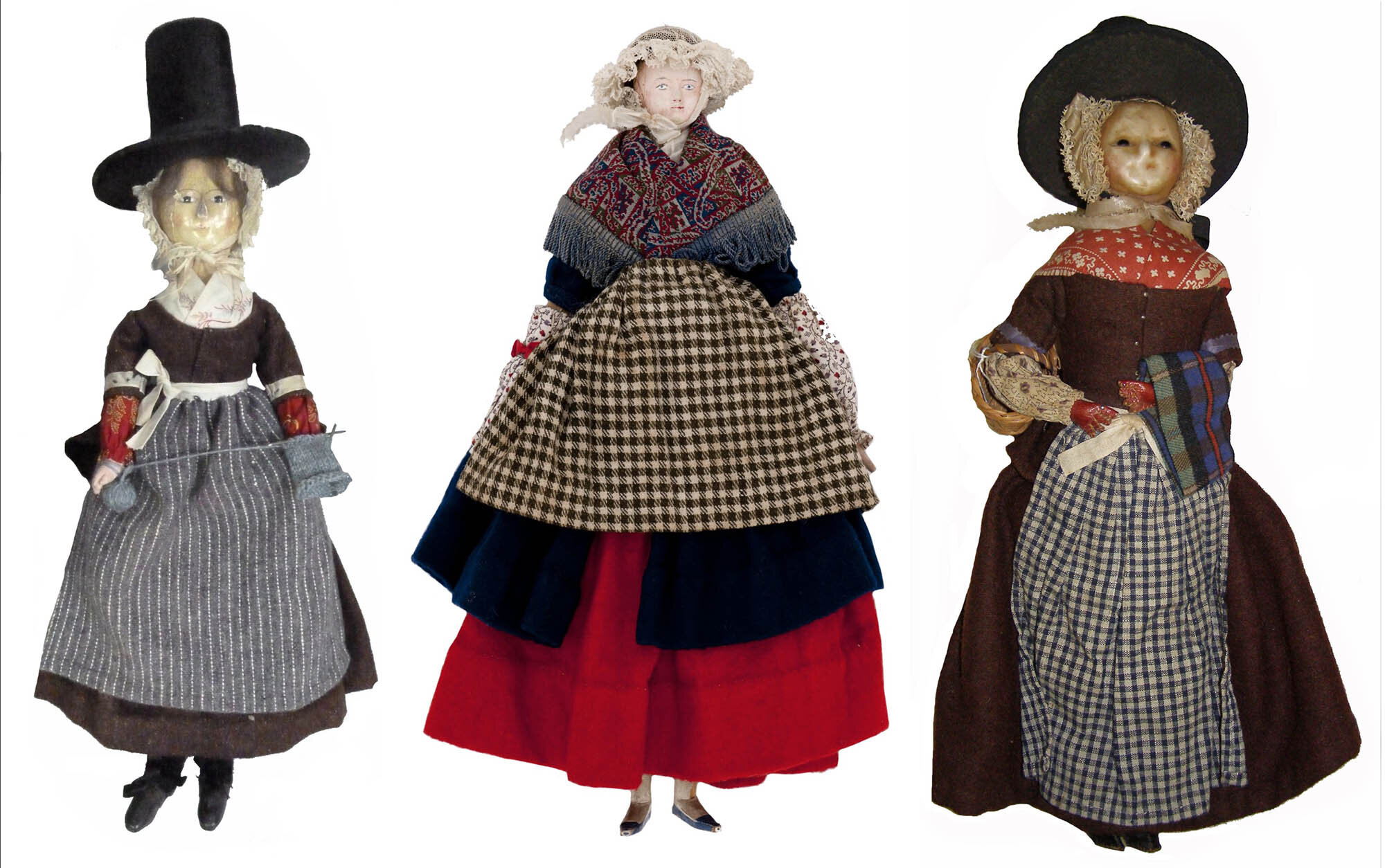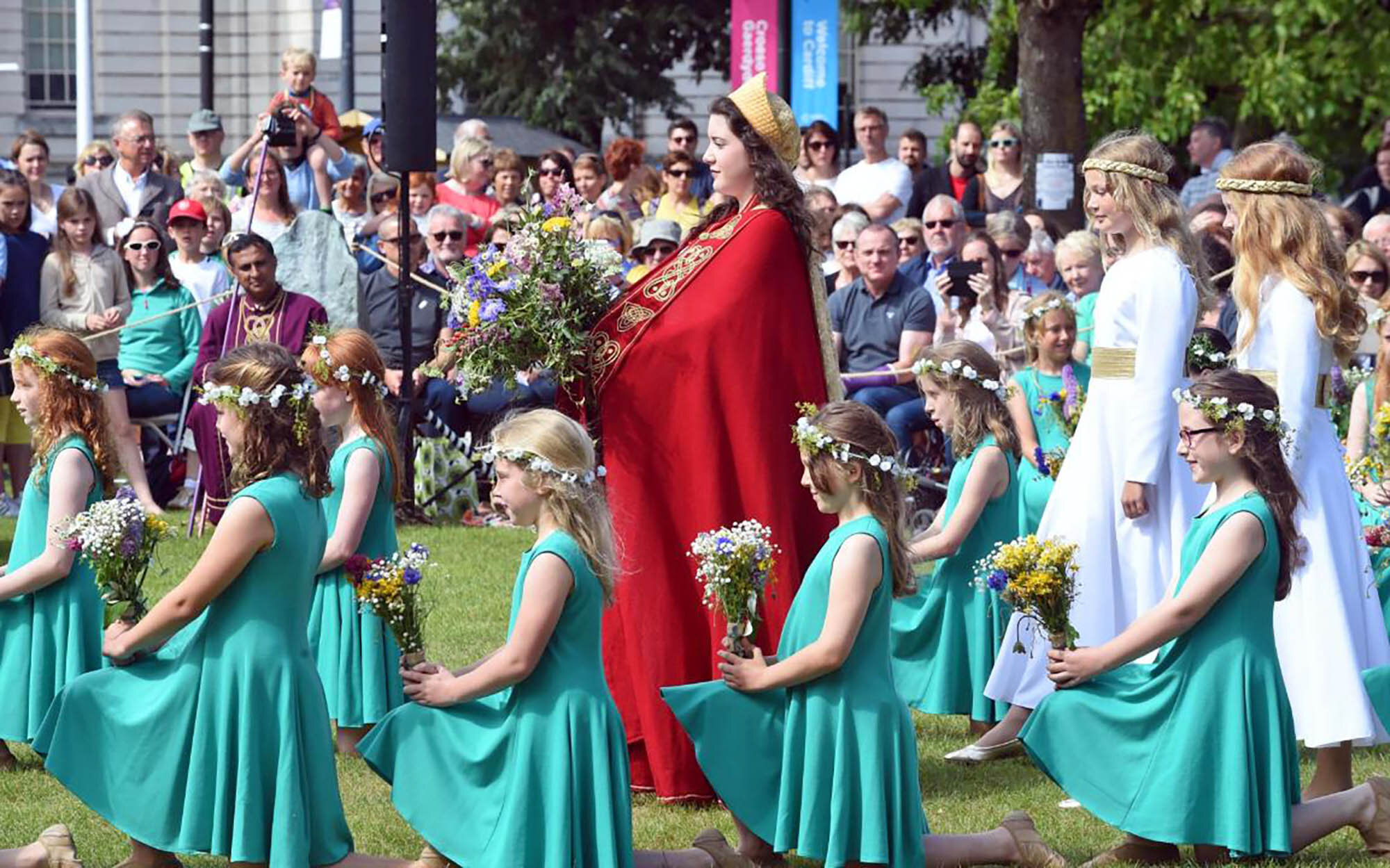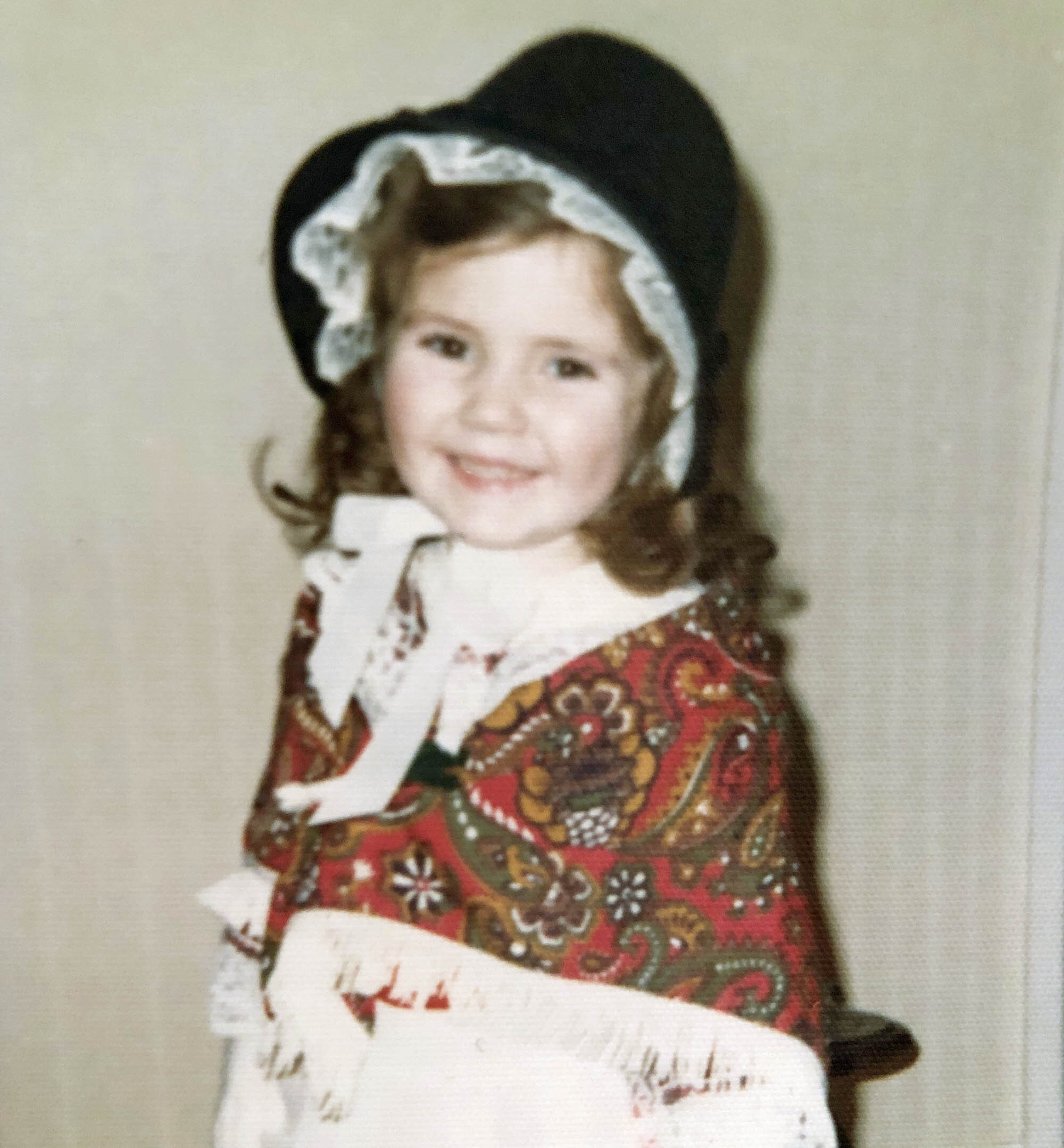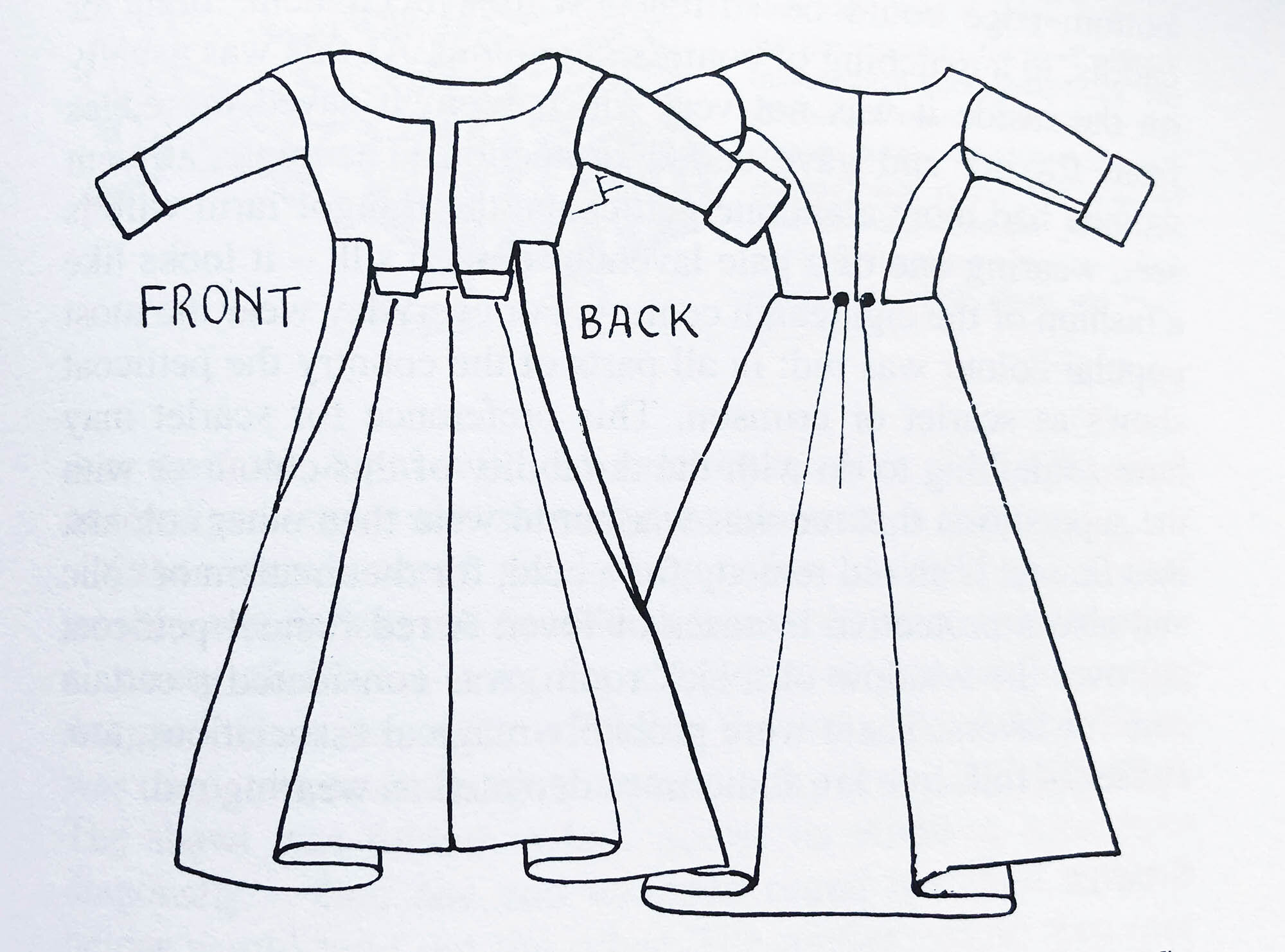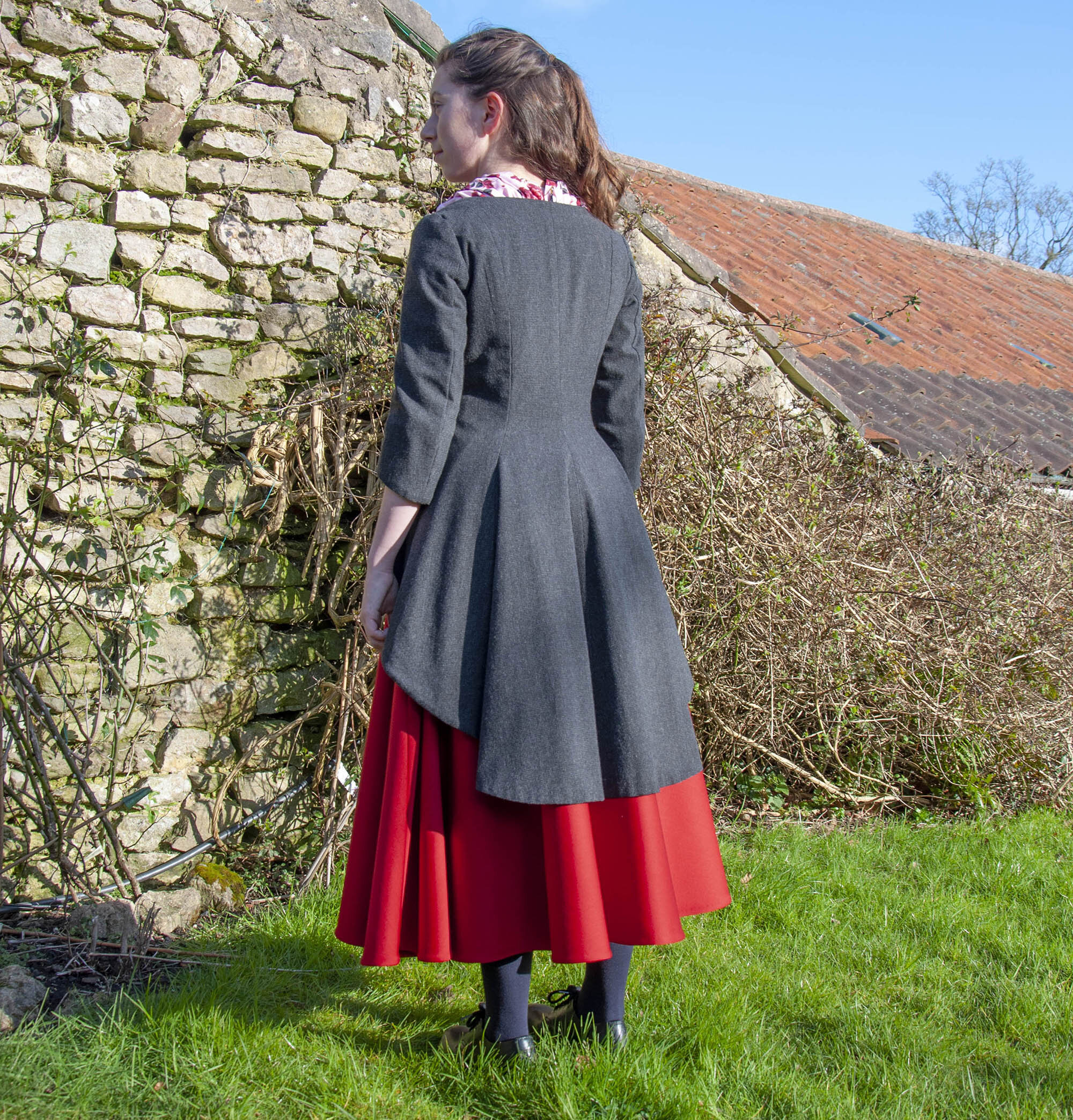So school is out, maybe for a long time, and I can imagine how difficult and stressful it is going to be at times to keep the little ones amused. I’m joining in with the lovely community spirit that is sweeping the nation (aside from the hoarding of toilet rolls!), of providing help to one another however we can — however small that gesture might be.
I’ve created these colouring pages based on my Welsh girl and boy designs, which are available to download for free here (see links below).
There are eight designs in all, including these two posters which remind you to wash your hands, in both Welsh and English. Why not colour them in, laminate them, and display them around the house?
All of the colouring pages are A4 size and can be downloaded as individual PDF files below. Feel free to print as many as you like, give them to your friends, or share a link to this page.
Stay safe everyone! #inittogether

















